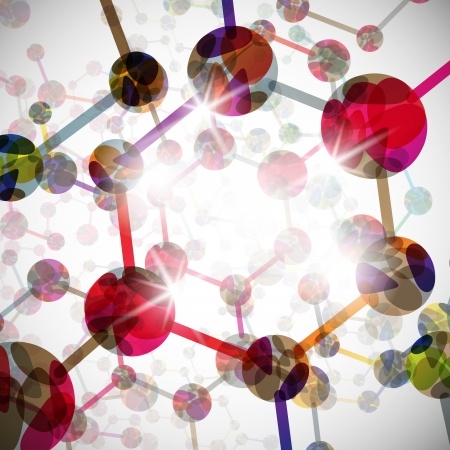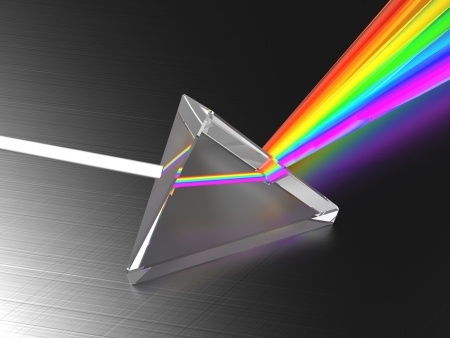E-cigarettes and teens, excess sugar, changing fingerprints over time, what’s up with graphene, and birth of a planet. These are just some of the cool themes in this week’s edition of SciNews that your students will find fascinating.
SciNews is published every Monday. Stay tuned for more.
 Biology
Biology
E-cigarettes proving to be a danger to teens. Science News
They’ve appeared on television and in magazines — Katy Perry, Johnny Depp and other celebrities vaping electronic cigarettes. The high-tech gadgets, marketed as a healthier alternative to traditional cigarettes, seem to be available everywhere, from Internet suppliers and specialty vaping shops to 24-hour convenience marts. Read more…
DNA in ivory pinpoints elephant poaching hot spots. Science News for Students
Elephants in Africa have been dying by the thousands. Poachers kill the animals for the ivory in their tusks. That ivory is then smuggled around the world. Tracing the origin of the illegal ivory has been hard — until now. A new study reveals the slaughter of elephants is concentrated in just two regions: central and southeastern Africa. The evidence comes from DNA extracted from the elephants’ tusks. Details appear in a paper published online June 18 in Science. Read more…
Fingerprints Change Over the Course of a Person’s Life. Discover
Fingerprints may not be the permanent biological signatures we’ve built them up to be.
Since the 1920s, fingerprints have been accepted as evidence in courtrooms due to their uniqueness and permanence. And their uniqueness has been scientifically validated. But what of their permanence? Do those ridges and swirls remain the same from birth to death? According to a new study, our fingerprints do slightly change as time progresses — which could have implications for everything from law enforcement to unlocking your iPhone. Read more…
Chemistry

Everything’s coming up roses after scent gene is found. New Scientist
A rose by any other name would smell as sweet. But what, exactly, makes a rose so fragrant?
Fresh clues emerged this week when scientists identified the gene partly responsible for the delicate scent of the rose. The discovery could help restore the classic scent accidentally bred out of rose varieties cultivated for other traits, says lead researcher Sylvie Baudino of the University of Lyon in Saint-Etienne, France. Read more…
Graphene: Looking beyond the Hype. Scientific American
The wonder material. It’s just one atom thick but 200 times stronger than steel; extremely conductive but see-through and flexible. Graphene has shot to fame since its discovery in 2004 by UK-based researchers Andre Geim and Konstantin Novoselov, for which the University of Manchester pair were awarded the 2010 Nobel prize in physics. Read more…
Sugary drinks linked to high death tolls worldwide. Science Daily
Consumption of sugary drinks may lead to an estimated 184,000 adult deaths each year worldwide, according to research. In the first detailed global report on the impact of sugar-sweetened beverages, researchers estimated deaths and disabilities from diabetes, heart disease, and cancers in 2010. In this analysis, sugar sweetened beverages were defined as any sugar-sweetened sodas, fruit drinks, sports/energy drinks, sweetened iced teas, or homemade sugary drinks such as frescas, that contained at least 50 kcal per 8oz serving. 100 percent fruit juice was excluded. Read more…
Physics
Freezing single atoms to absolute zero with microwaves brings quantum technology closer. Science Daily
Physicists at the University of Sussex have found a way of using everyday technology found in kitchen microwaves and mobile telephones to bring quantum physics closer to helping solve enormous scientific problems that the most powerful of today’s supercomputers cannot even begin to embark upon. Read more…
Earth and Space Science
Brightest Planets Meet on Tuesday. Huff Post
You’ve probably seen them in the evening: two suspiciously bright lights in the western sky. What are they? Planes? UFOs? No, they’re the two brightest planets and they’re heading for a dramatic conjunction Tuesday night.
Let’s go outside and watch some sunsets over the next week. Face west and as darkness falls there’s Venus, the brightest star-like object in the sky. “Wish I may, wish I might, first star I see tonight,” is actually a planet. Venus is so incredibly bright in our sky because it is a planet almost 8,000 miles across, is relatively close to us (about 55 million miles), and is covered in highly-reflective clouds that bounce the sunlight back to us. You may even be able to spy it before the Sun sets Read more…
Observing the birth of a planet. Science Daily
Astronomers have confirmed the existence of a young giant gas planet still embedded in the midst of the disk of gas and dust surrounding its parent star. For the first time, scientists are able to directly study the formation of a planet at a very early stage. Read more…



